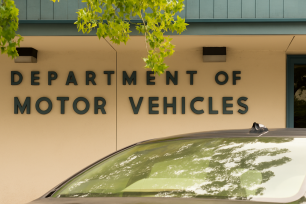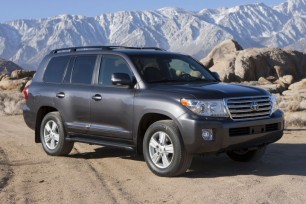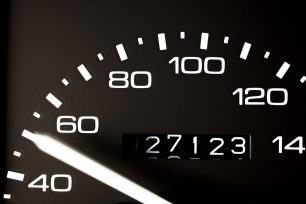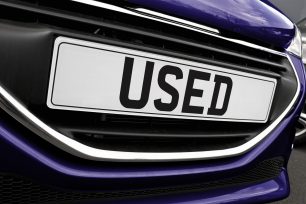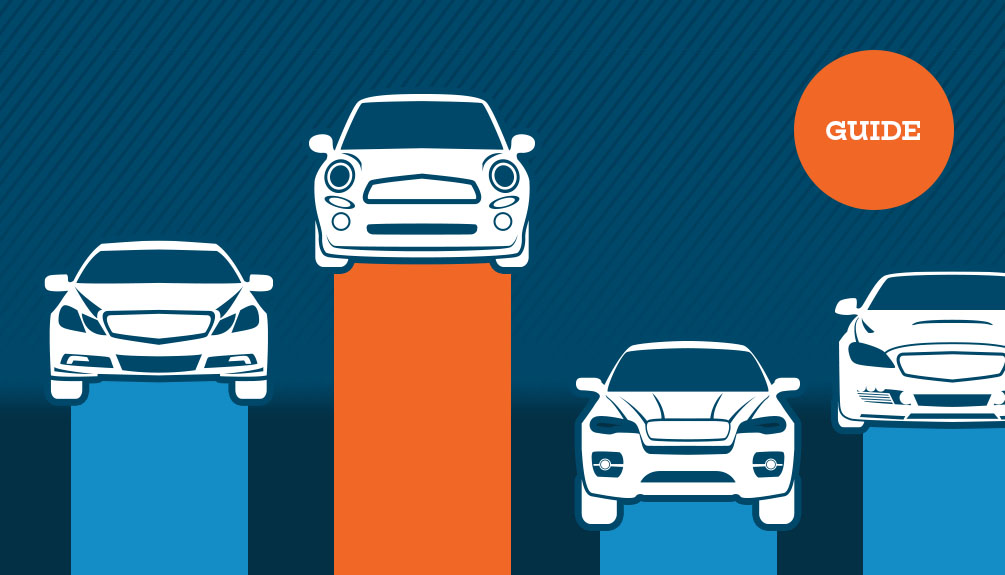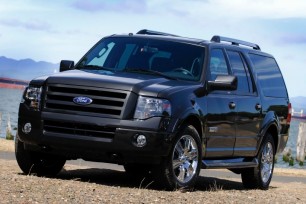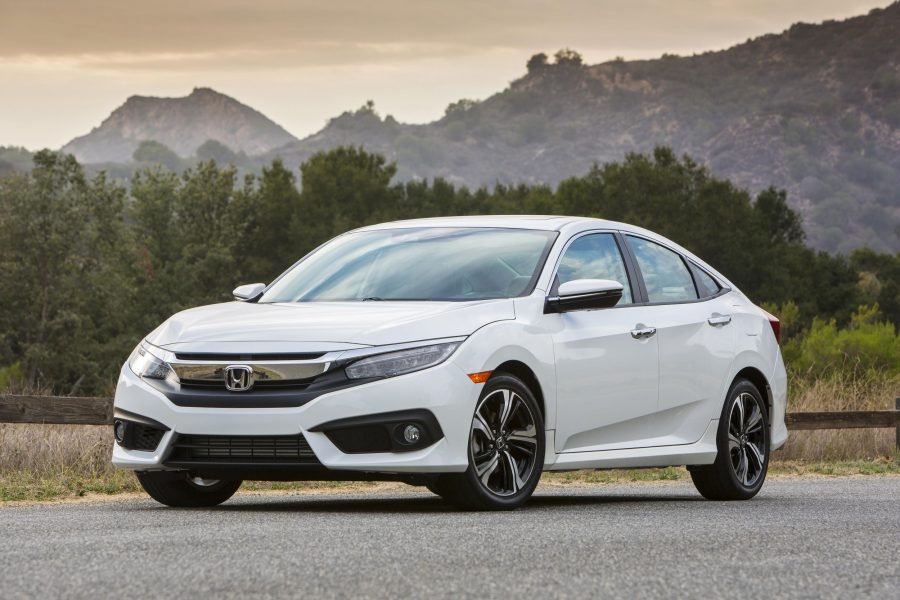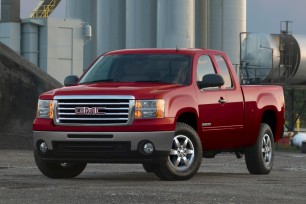What is a VIN and how does it store engine information?
The vehicle identification number (VIN) is a 17-character code that tracks every mainstream car built for the U.S. market since 1981. Because manufacturers assign these codes under rules set by the National Highway Traffic Safety Administration (NHTSA), each character has a unique function. Some digits reveal where the car was built, others flag its safety features, and crucially for shoppers, the code hides an “engine ID” that can tell you exactly what’s under the hood – or at least what should be under the hood – once you know how to read it.Which VIN position contains engine size information?
For most modern cars, the eighth character is the gateway to its engine details. Manufacturers don’t print displacement directly. Instead, they embed an alphanumeric shorthand. If that eighth slot shows an “F” in a 2017 Ford, it references one very specific V-8, whereas a 2011 Ford with an “F” points to something entirely different. The character is simply a key. Decoding it correctly requires the right reference chart for the brand and the model year.How do you decode the eighth position for different manufacturers?
Every automaker speaks its own dialect. Ford leans heavily on letters, so an “R” might signal an EcoBoost V-6 today yet stand for a naturally aspirated V-8 a decade ago. General Motors mixes letters and numbers, so an “L” can mean a 3.6-liter V-6 in a Camaro while an “8” identifies the 6.2-liter LT1 in a Corvette. Chrysler/Stellantis may recycle a “D” for successive generations of Hemi V-8s. Honda, Toyota, and other Japanese brands usually stick with numbers that march logically through their engine families, but even they shuffle codes as technology advances. Because these schemes evolve, you must match the code to the precise model year before drawing conclusions.Where do you find manufacturer-specific VIN decoder charts?
The most reliable source is the manufacturer itself. Many carmakers host free VIN-lookup tools on their consumer or parts portals. The NHTSA maintains its own database , which is excellent for cross-checking official data. Professional services such as Mitchell, AllData, and Chilton aggregate the same charts used by dealership technicians; public libraries with automotive sections often provide free access. Third-party sites like Carfax , AutoCheck , or iSeeCars’ VIN Check reports can help, but always corroborate their results against factory data.What other VIN positions help determine engine specifications?
Although the eighth digit is the star, the supporting cast matters. The first digit tells you the country of assembly, which can influence emissions equipment and therefore engine variants. The second character identifies the manufacturer, and the third refines that to a particular division or vehicle type. Positions four and five sometimes reveal body style and engine series, especially in trucks and SUVs where multiple displacements share a block design. Finally, the tenth character nails down the model year; without that, the eighth-digit code is just an educated guess.How do you handle vehicles with multiple engine options?
Trim levels muddy the water. A base-model Accord might carry the 1.5-liter turbo, while the Sport wears the 2.0-liter — even though both share the same body code. Performance packages can change more than horsepower. A Mustang GT with the Track Package can display a different eighth-digit code from a regular GT, despite identical displacements.Regional variants introduce yet another layer. California-bound pickups sometimes use alternative evaporative-emissions hardware and therefore different engine codes. Hybrids and battery-electric models come with their own identifiers, so always confirm you’re reading the right chart for the propulsion system you’re looking at.












